
UDK: 616.98:578.834.1(470.45)
S.K. Udovichenko1, K.V. Zhukov1, D.N. Nikitin1, A.V. Toporkov1, D.V. Viktorov1, O.V. Zubareva2, I.A. Klimina2, M.N. Taratutina2
1ФКУЗ «Волгоградский научно-исследовательский противочумный институт» Роспотребнадзора; 2Управление Роспотребнадзора по Волгоградской области
An assessment of the manifestations of the COVID-19 epidemic process in the Volgograd region in terms of intensity, territorial distribution, structure, and clinical patterns of the disease was carried out. The study used the official data of the Rospotrebnadzor Office in the Volgograd region. From March 24 to October 18, 2020, 17 811 cases of COVID-19 were registered in the region, the incidence rate was 715 per 100 thousand of the population, the case fatality rate was 0,98 %. An uneven distribution of morbidity over the territory was established: 42,3 % of cases were detected in Volgograd, 10,1% in Volzhsky and 6 % in Kamyshinsky district. The age groups 40–49 years old (17,6 %) and 50–59 years old (19,2 %) are most involved in the epidemic process. In the cases structure, the prevalence of females was noted (58,3 %). The clinical patterns of the disease are characterized by the predominance of mild forms (46,8 %), there is a trend to reduce asymptomatic forms and an increase in moderate manifestations. In the Volgograd region, a lower frequency of severe forms and deaths registration has been established in comparison with the Russian Federation. In the social structure of the infected people, the largest share is made up of pensioners (26,3 %) and workers (16,9 %).
COVID-19, epidemic process, structure of incidence, Volgograd region.
Удовиченко Светлана Константиновна – к. м. н., ведущий научный сотрудник лаборатории эпидемиологического анализа и противоэпидемического обеспечения ФКУЗ «Волгоградский научно- исследовательский противочумный институт» Роспотребнадзора, Волгоград, Россия,